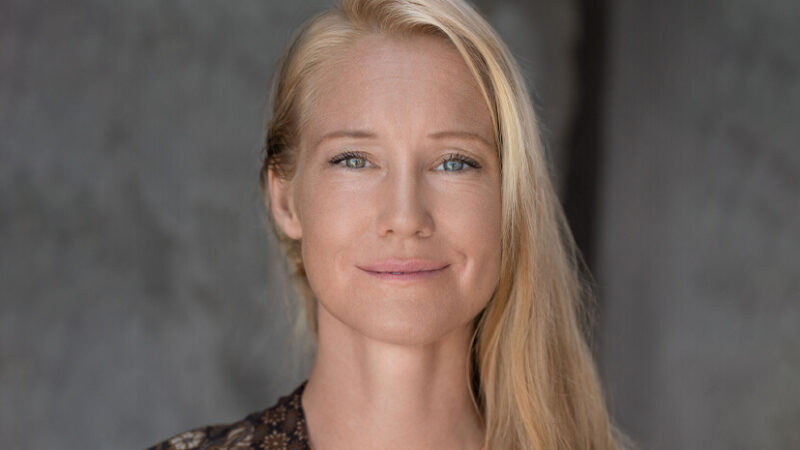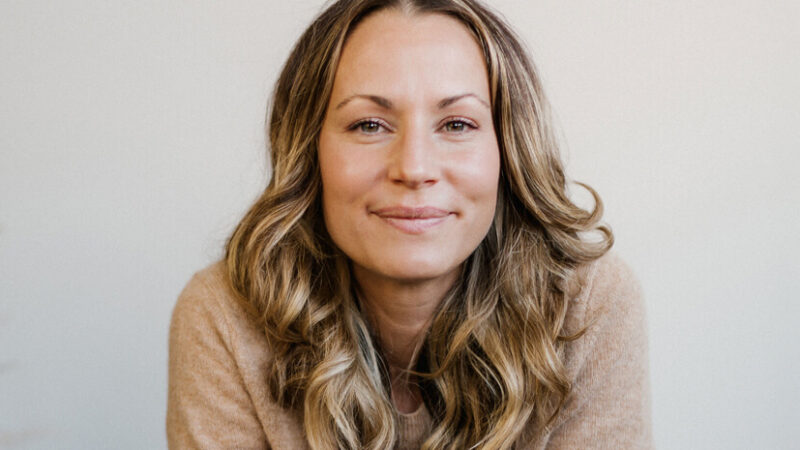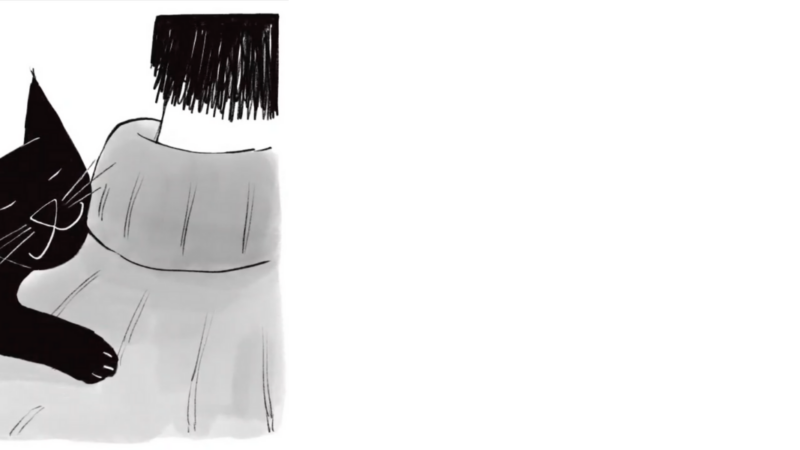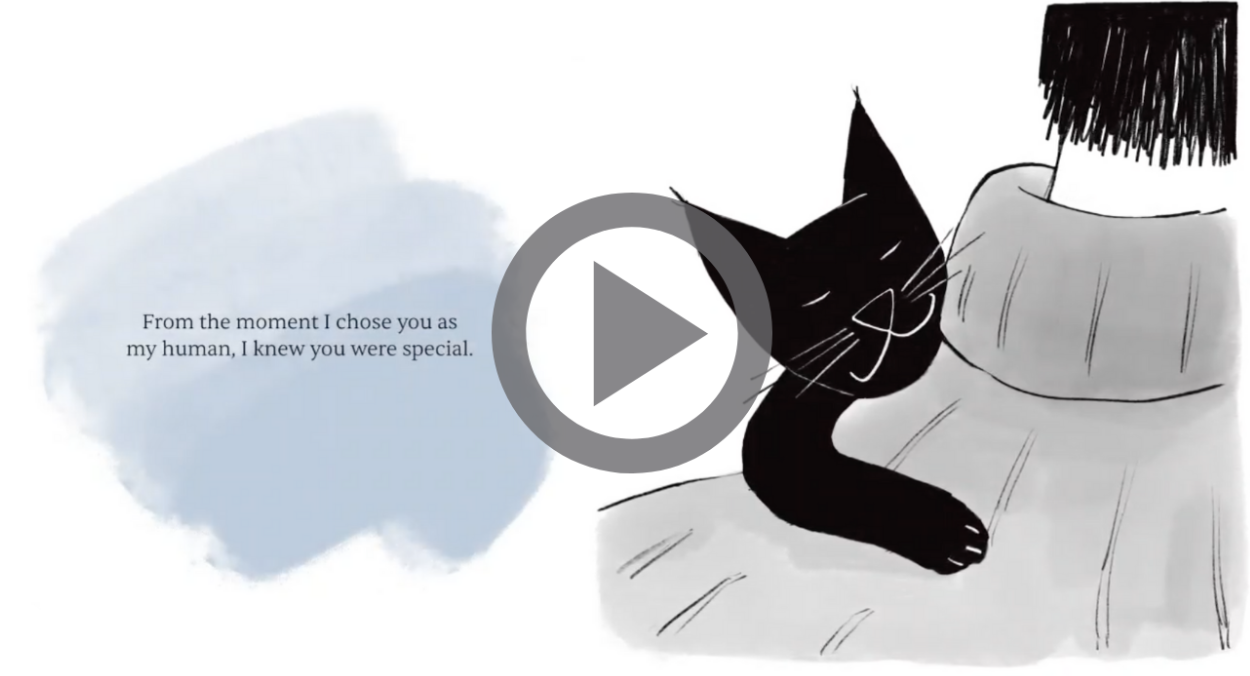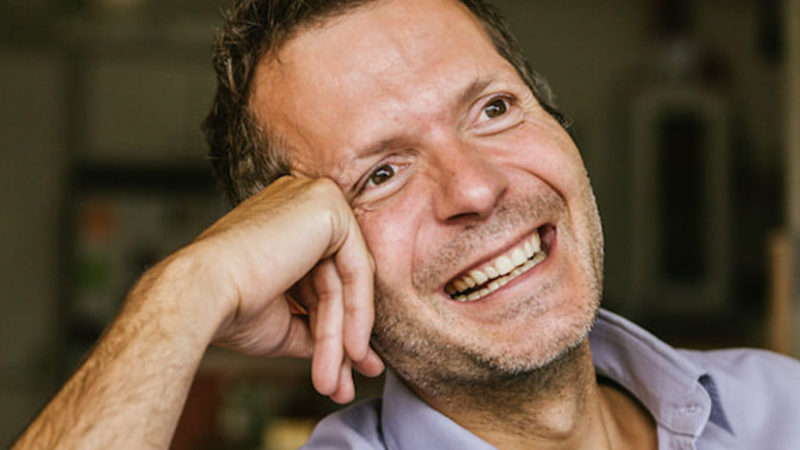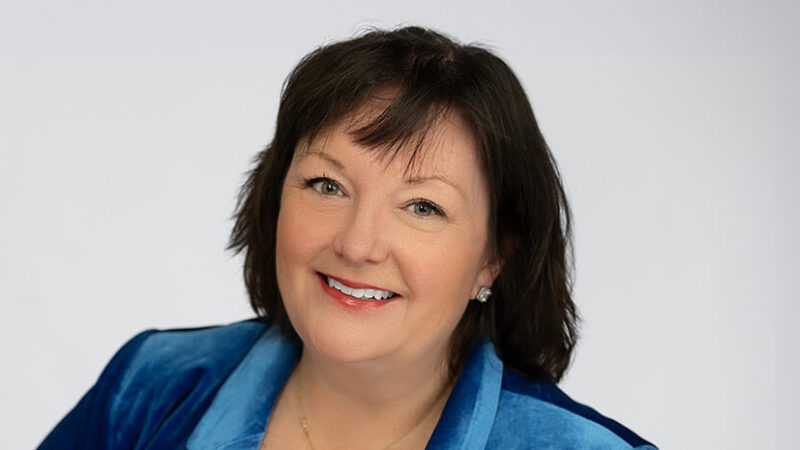-
E117: The Real Work: Letting Go from Within
Michael Singer — October 2, 2025
True spirituality isn’t about mystical experiences or lofty ideals—it’s about honestly facing...
-
Once More: Reflections on Reincarnation and the Gap Between Lives
Tami Simon — September 26, 2025
In this special reflection episode of Insights at the Edge host Tami Simon looks back on her...
-
Honey Tasting Meditation: Build Your Relationship with Sweetness
There is a saying that goes “hurt people hurt people.” I believe this to be true. We have been...
Written by:
Amy Burtaine, Michelle Cassandra Johnson
-
Many Voices, One Journey
The Sounds True Blog
Insights, reflections, and practices from Sounds True teachers, authors, staff, and more. Have a look—to find some inspiration and wisdom for uplifting your day.
Standing Together, and Stepping Up
Written By:
Tami Simon -
The Michael Singer Podcast
Your Highest Intention: Self-Realization
Michael Singer discusses intention—"perhaps the deepest thing we can talk about"—and the path to self-realization.
This Week:
E116: Doing the Best You Can: The Path to Liberation -
Many Voices, One Journey
The Sounds True Blog
Insights, reflections, and practices from Sounds True teachers, authors, staff, and more. Have a look—to find some inspiration and wisdom for uplifting your day.
Take Your Inner Child on Playdates
Written By:
Megan Sherer
600 Podcasts and Counting...
Subscribe to Insights at the Edge to hear all of Tami's interviews (transcripts available, too!), featuring Eckhart Tolle, Caroline Myss, Tara Brach, Jack Kornfield, Adyashanti, and many more.
Most Recent
The End of All-or-Nothing, Emergency Self-Care
What message are you giving to yourself when you wait until you’re in crisis before you begin caring for yourself? I used to be deeply entrenched in this pattern. I’d care for myself just enough so that I could be productive again and then get back to work until my next care emergency. I’d crash from striving and producing without a thought to my needs and then stop just long enough to treat myself just kindly enough to nurse myself back to health so that I could resume my breakneck speed.
Those days were exhilarating because even in my burnout I felt so purposeful, high on how good I was at pushing my needs aside to tackle whatever needed tackling. Exceptionally good in a crisis, I felt born for running myself into the ground and then picking up the pieces just enough to get back to work. Even as this pattern started to break down for me, I could feel my ego attachment to it. I was good at getting things done. I was good at helping others. I was good at putting everyone else’s needs ahead of my own. I was good. I was good. I was good.
The tricky thing about this pattern is that needs will get met one way or another. They don’t just vanish or disappear when you ignore them. They become rowdier and rowdier, nipping at your heels as you try to outrun them. Your body is infinitely wise and makes more noise as your ache for care compounds itself. When you ignore your needs long enough, you will be forced to prioritize yourself by circumstance, illness, or burnout, bringing you abruptly to the crisis point of having to slow down.
But even in the face of that, attending to the need for sustenance can sometimes still feel impossible if you are exhausted from a lifetime of holding it all together. While the need for sustenance might seem to come before rest, [in my book Needy] I ordered these chapters deliberately [“Rest” coming before “Sustenance”] because having the energy to start asking big questions about what you need requires energy too. You’re crumbling beneath the weight of your conditioned expectations for yourself and others, and you judge yourself for not being about to do it all without a thought for the energetic capacity necessary to prioritize joy, pleasure, or satiety.
You might think, Well if it’s right, it should feel good or it should be easy. But tending to your needs can be almost boring, and having the capacity to investigate the larger picture of what you are hungry for requires energy. It requires stamina and self-awareness to develop a healthy relationship with yourself after being in a dysfunctional relationship—one that’s chaotic, intense, familiar, thrilling, and compelling even when you know there is no way it will all work out in the long run. After a dramatic relationship like that, a relationship in which you are respectful of each other, loyal, trustworthy, and committed to each other can feel boring—but that kind of steadfast love heals and rebuilds a steady foundation of trust. The same is true for your relationship with yourself.
Self-love so often isn’t a flash-in-the-pan,
Instagram-worthy, wait-until-the-moment
is-perfect-and-the-stars-align kind of love.
It’s about showing up for yourself each and every day and doing what needs to be done. Maybe that’s resting. Maybe that’s calling your lawyer. Maybe that’s dealing with the window that is leaking and the moldy floorboards. Taking care of yourself is showing up for your relationship with yourself each day, asking what needs to be done and doing that to the best of your abilities.
It can be mundane, but as you begin making these shifts for your own sustenance, you might find yourself softening into a rhythm and routine of caring for yourself this way.
There is a deliciousness in knowing you will be there when you need yourself. There is a sense of safety in the self-trust you build each time you choose not to abandon yourself. This work can be messy but also joyful, silly, sexy, creative, and playful. You might find yourself enjoying the celebration of infusing pleasure and sovereignty where there was none before.
And with time, you might realize that the purpose of your life is not to be good, productive, or approved by others. The purpose of your life is for YOU to live it. For you to take up space in your own thoughts and actions. For you to tend to your needs, devoting yourself to your own wholeness each and every day. For you to contribute to the world in the way that only you can. For you to love and be loved. For you to play. For your utter enjoyment and wholehearted pleasure. The purpose of your life is not to be nice and polite. It is for living—messily, humanly, in whatever way you feel is good and right for you.
Excerpted from Needy: How to Advocate for Your Needs and Claim Your Sovereignty by Mara Glatzel.
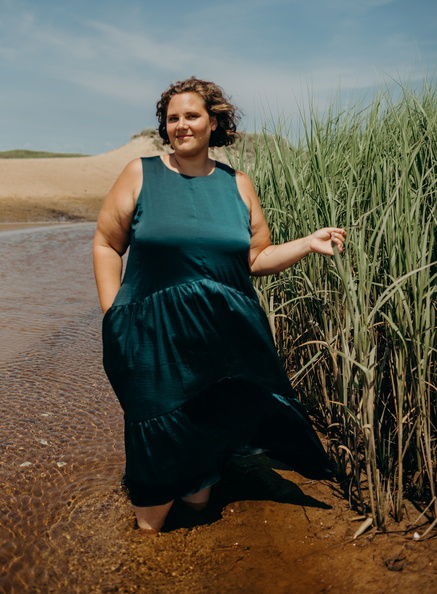
Mara Glatzel, MSW, (she/her) is an intuitive coach, writer, and podcast host. She is a needy human who helps other needy humans stop abandoning themselves and start reclaiming their humanity through embracing their needs and honoring their natural energy cycles. Her superpower is saying what you need to hear when you need to hear it, and she is here to help you believe in yourself as much as she believes in you. Find out more at maraglatzel.com.

Learn More
Amazon | Barnes & Noble | Bookshop | Sounds True
Emilia Elisabet Lahti: Sisu: Embodying Gentle Power
How do we find the strength to keep going when it feels like there’s nothing left inside of us? The Finnish philosophy of sisu shows us a new way to look at power and perseverance—not as force and domination but as the harmonious expression of human character in everyday actions. In this podcast, Tami Simon speaks with Dr. Emilia Elisabet Lahti about her work leading the world’s first empirical research on sisu and her new book, Gentle Power: A Revolution in How We Think, Lead, and Succeed Using the Finnish Art of Sisu.
Give a listen to this inspiring discussion of the embodiment of internal fortitude and wisdom known as sisu; how adversity provides an opportunity for resiliency; post-traumatic growth and positive psychology; the difference between sisu and grit; the visceral, somatic nature of sisu; taking risks instead of giving in to fear of failure; experiencing an initiation into your own strength; life—an ultramarathon we’re all running; flexibility, reason, and the choice to be gentler on yourself; finding harmony between the hard and the soft; journaling your own stories of sisu; self-forgiveness; looking to the future with an action mindset; transforming challenges into the fuel to keep you going; tapping into the intelligence of your body; sisu, leadership, and being kind versus being nice; and why developing sisu is so important for humanity at this time.
Sarah Blondin: Heart Minded
Is your heart asking you for a more meaningful conversation? Are you longing to engage a different kind of awareness than the thinking mind? Sarah Blondin is beloved by millions for her online guided meditations that invite us to come back home to our hearts and to embrace the fullness of our experience. In this podcast, Tami Simon speaks with Sarah about her new book, Heart Minded, and how we can each take up residence in the intelligence and strength of our hearts.
Tune in as Tami and Sarah discuss the practice of softening and releasing inner rigidity, overcoming defensiveness and resistance, witnessing the rivalry between the emotional heart and the spiritual heart, discovering the voice of your own heart, the practice of flow writing, self-intimacy as the source of true safety, finding your authentic “yes to life,” trust in the face of initiatory experiences, normalizing the challenging nature of the spiritual journey, the mysterious force of grace, the interplay between our sensitivity and our strength, a meditation for welcoming joy, and more.
Note: This episode originally aired on Sounds True One, where these special episodes of Insights at the Edge are available to watch live on video and with exclusive access to Q&As with our guests. Learn more at join.soundstrue.com.
Customer Favorites
Being Witnessed In Grief Is A Powerful Balm For Healin...
Dear friends,
Two days after my cat, Hedda, died in 2016, my friend Francis sent me a sketch with a note “from” Hedda that read, in part, “P.S. I love you more than tuna.” Through my tears, I thought that would be a great book title. I had a clear vision: an illustrated gift book that people would give to friends, family, colleagues, or clients after the loss of their cat. A step beyond a sympathy card, this would be the first “empathy book” for adults grieving the loss of a cat.

Inspired in part by Eckhart Tolle and Patrick McDonnell’s Guardians of Being and Charles M. Schultz’s Happiness is a Warm Puppy, P.S. I Love You More Than Tuna offers comfort and inspiration through New Yorker-style drawings and simple, evocative language. My goal was to make it heartfelt without being cloying.
Every year, six million Americans and Canadians must say a final goodbye to their cats—buddies who leapt into their hearts as kittens, purred away heartbreak through multiple breakups, snuggled by their side in homes large and small, and occasionally deleted folders of work by stretching out on a warm keyboard.
“Pet loss” is considered a disenfranchised form of grief; it’s not culturally sanctioned. We don’t have any universal rituals for this grief, like sitting shiva or holding a wake. This often leaves the bereaved feeling isolated and misunderstood, which compounds the grief and makes healing more difficult.
People grieving companion animals have a need to be seen, their grief validated. Being witnessed in grief is a powerful balm for healing.
Friends of those grieving companion animals are often at a loss for ways to show their support. P.S. I Love You More Than Tuna gives all of us the opportunity to make a profound impact with a simple gesture.
When Francis sent me the sketch and note, I felt seen. Francis’s gift acknowledged the bond I’d had with Hedda and my grief at her death. The present tense of the note also reminded me that Hedda was still with me, even if I couldn’t see her. That was significant in terms of helping me heal, and that’s the comfort I hope P.S. I Love You More Than Tuna will provide to other cat lovers.
Sounds True has created a lovely video preview for P.S. I Love You More Than Tuna. I hope you’ll check it out below.
Ultimately, I hope this book will benefit the world in multiple ways: for the recipient, witnessing and healing; for the giver, a tangible action they can take to help another; for Best Friends Animal Society, to which I’m donating 10 percent of my proceeds, contributing to their work of keeping pets in the home. This includes helping low-income people connect with resources they need to feed, train, and care for their companion animals. And of course, I hope this will benefit Sounds True and their work in the world, which is quickly becoming more needed than ever.
Take care,
Sarah Chauncey
Frederic Laloux: Organizations Beyond Ego
Frederic Laloux is a business analyst and author whose book Reinventing Organizations: A Guide to Creating Organizations Inspired by the Next Stage of Human Consciousness is considered one of the most important management guides of the past decade. In this episode of Insights at the Edge, Tami Simon talks to Frederic about what it takes to become a “next-level organization” that meets the challenges and opportunities of expanding human consciousness. Frederic explains that the next stage of human development will be to move beyond ego, elaborating on how this will look in the business world. Tami and Frederic discuss the difficult balance between fulfilling financial obligations and living out one’s fundamental truth. Finally, they speak on the development of open and spiritually nourishing organizations, as well as the movement toward decentralizing authority in business places. (69 minutes)
Meghan Riordan Jarvis, LCSW: Essential Grief Education
Meghan Riordan Jarvis had been a practicing trauma therapist for almost 20 years. Then, in the course of two years, she lost both of her parents. “I came to understand what my clients had been telling me about for decades really, really differently,” she reflects. In this podcast, join Tami Simon in conversation with Meghan about Can Anyone Tell Me?, her new book that explores the most common and perplexing questions on how to navigate grief.
Whether you yourself are facing loss or you’re looking for ways to support someone who is, give a listen to this compassionate conversation on: how to use stopping techniques to break the cycle of ruminating thoughts; the vagus nerve and the mind-body connection; nervous system co-regulation and creating a “triangle of support”; how grief affects the brain; the feeling of isolation that often accompanies grief; rewriting the narratives we tell ourselves; three simple universal strategies for moving through grief; becoming an effective supporter for someone in need; educating a grief-illiterate culture; working with the parasympathetic nervous system to expand your “window of tolerance”; the Box Breathing practice; why it’s important to validate our fears, even if we think they’re irrational; staying curious about what you can learn about yourself through the grief process; and more.
Note: This episode originally aired on Sounds True One, where these special episodes of Insights at the Edge are available to watch live on video and with exclusive access to Q&As with our guests. Learn more at join.soundstrue.com.


